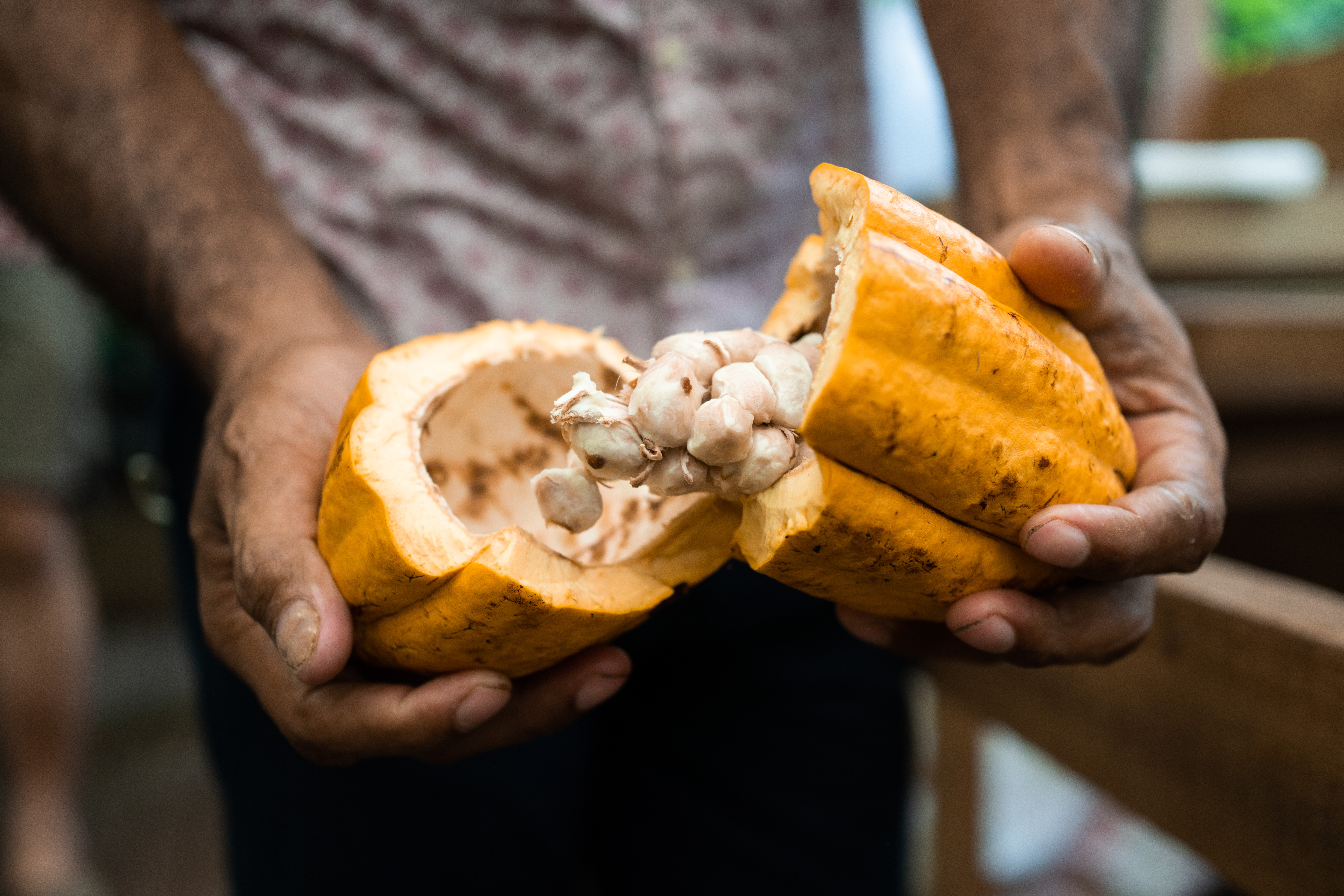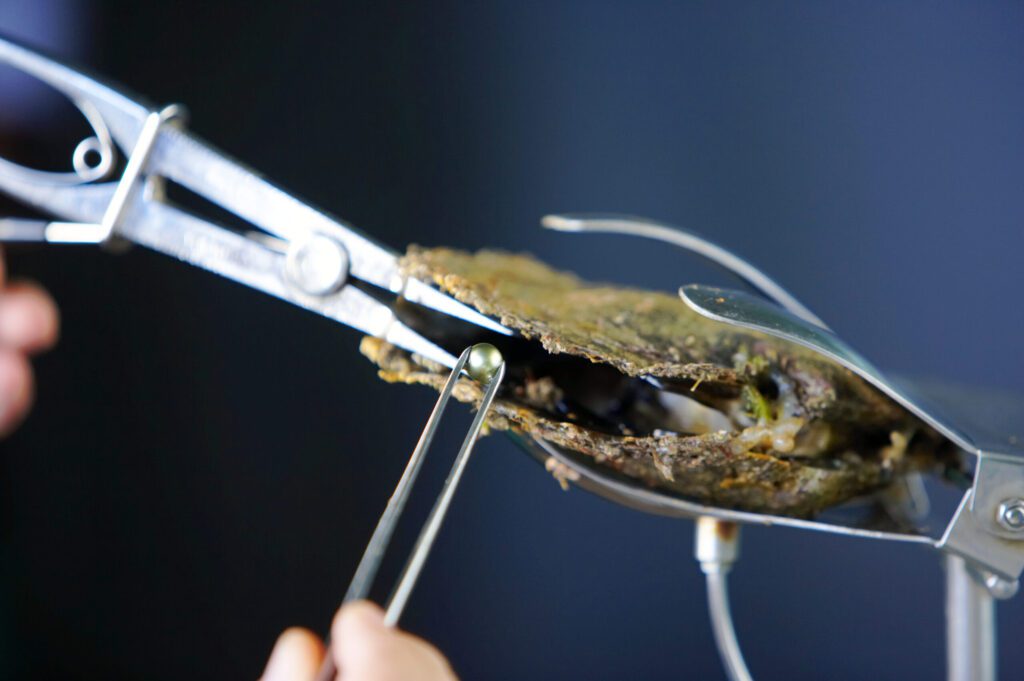Cocoa grower Joeli Nataki uses brute force and a concrete block to break open the ovoid pod that holds the precious fresh beans coated in a custardy flesh that tastes like lychee. He is at the start and the heart of a grass-roots business that is part of Fiji’s emerging craft chocolate industry.

At KokoManaFiji in the one-street town of Savusavu on Vanua Levu, everything is done by hand. From nurturing the 16 varieties of cocoa plant to fermenting the seeds in a wooden box, to drying, cracking, grinding, tempering and producing a range of single-origin chocolate that keys into the ‘greening’ of agroforestry in these parts.
Here in the far north of the island nation, away from the major drawcard destinations, eco-tourism is quietly flourishing. There’s a zeitgeist around more sustainable farming practices on land and in the waters.
The Jean-Michel Cousteau Resort perhaps pioneered this mash-up between luxury and looking after the planet when the French explorer and environmentalist set up a 25-bure getaway in 1995. Located on the fringe of Savusavu Bay, the resort has been championing the cause of conservation in its own way for almost 30 years.
Guests who settle into their thatched bure steps from the sea are encouraged to understand the environmental philosophy that underpins this edge-of-heaven escape. On a remote island, the realities of climate change zoom into focus. Edible landscaping to supply the kitchen, planting mangroves to reduce shoreline erosion and a wetlands scheme to treat septic waste are just a few of the initiatives taken.

On-site marine biologist Ofa Morell grew up entranced by the National Geographic television channel and even a memorable night watching the sci-fi horror Deep Blue Sea didn’t put her off plunging into an underwater career. “It just made me determined to find out why I was so afraid of sharks,” she says.
She leads diving and snorkelling excursions to Namena Marine Reserve, a horseshoe-shaped reef where visitors can find Nemo but also further afield to the little-known Natawa Bay where the biodiversity is worth donning flippers for.
For Ofa seeing the coral so colourful and alive is a blessing; in other diving destinations, she’s noticed that an increase in ocean temperatures has bleached the reefs white. “We must protect coral because it provides a home for so many marine creatures,” she says.
Part of her role is to educate. To advise fishers what to catch (and what not to) at which time of year, to initiate mangrove rehabilitation, to pick up trash with local schoolchildren and to build awareness with a monthly crab race at the resort where the FJ$50 entry fee goes towards the Savusavu Community Foundation.
Marine biology seems a natural calling in Savusavu, a harbourside enclave where most people gather a living from the sea. At J Hunter Pearls, native black-lip oysters not only create a rainbow of precious gemstones in their crustacean craft but help to clean the ecosystem by removing excess nitrogen from the seas as they grow.
Founder Justin Hunter has developed an initiative to transform Savusavu into the world’s first ‘Blue Town’ – a plan which promotes income generation based on preservation rather than resource extraction. It will help to protect a ‘genetic bunker’ that allows fish stocks to continue to thrive in these nutrient-rich waters.
Such abundant tropicality translates to terra firma too and perhaps nowhere is this more evident than at Namale Resort & Spa where 22 private, luxurious bures are built into forested cliffs overlooking the ocean or with a view of the 212-hectare gardens of this former coconut plantation.
The resort operates an all-inclusive concept where one fixed price includes accommodation, activities, dining and beverages, and executive chef Imlesh Nayaran has his pick (literally) of hyper-local fruits and vegetables with which to craft his fusion cuisine, grown on-site using sustainable practices.
Farm supervisor Jafila Bano manages a team of eight who nurture a plethora of produce to keep the culinary creatives well supplied. Jafila, who practises lunar gardening – the ancient method of planting by the moon – is also doing her bit to futureproof the land from the harm of traditional slash-and-burn methods. She teaches workshops about the effects of cutting down jungle to create space to plant and has seen attitudes change markedly in recent years.
Now when Namale guests dine at the open-air, farm-to-table restaurant on split-level decks nestled beneath the trees, they can make a genuine toast to loving the local. Savusavu is leading the sustainability drive: the future is blue.

Visit namalefiji.com and fijiresort.com for more info.





